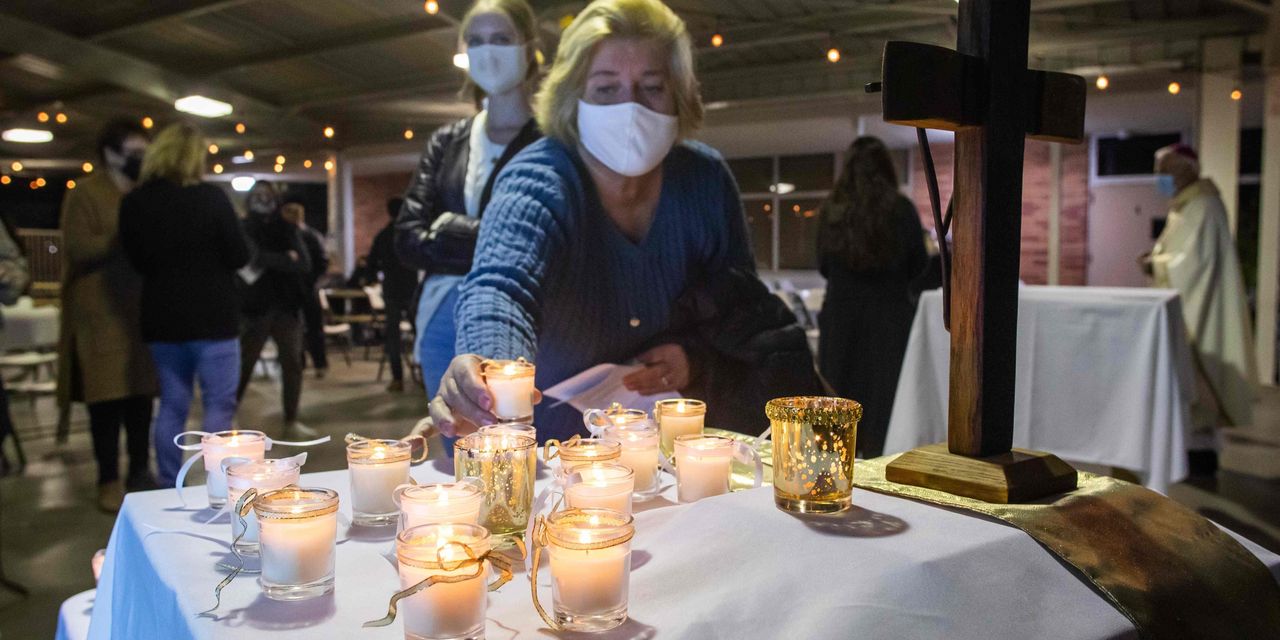
The share of U.S. adults who said they were members of a church, synagogue or mosque in 2020 fell below half for the first time in 80 years, according to a new Gallup report.
That number had hovered around or just below the 70% range from the late 1930s until about 2000, which kicked off a gradual decline. The percentage of people reporting membership at a house of worship averaged 62% in a three-year aggregate from 2008 to 2010, 50% in 2018, and 47% in 2020.
This steady drop in membership tracks with the rising share of Americans not identifying with any religion, which increased from 8% in the period leading up to 2000 to 21% in the most recent three years, Gallup said.
Meanwhile, formal church, synagogue and mosque membership among those who are affiliated with a religion also declined over the past two decades, totaling 60% in the most recent three-year period.
See also: Want to understand the future of cryptos and NFTs? Register for MarketWatch’s free live event.
“While it is possible that part of the decline seen in 2020 was temporary and related to the coronavirus pandemic, continued decline in future decades seems inevitable, given the much lower levels of religiosity and church membership among younger versus older generations of adults,” said the report, which drew from a poll of 6,117 U.S. adults interviewed between 2018 and 2020.
Older people were more likely than younger people to be members of a church, synagogue or mosque; 66% of respondents born before 1946, 58% of baby boomers, 50% of Generation X respondents, and 36% of millennials reported being members in the 2018 to 2020 period. But since 2000, even many older adults have become less likely to say they are church members.
Membership also dropped over the past two decades across genders, race, educational attainment, political affiliation, geographic region and faith, the survey found, though it fell more sharply among some subgroups than others.
Houses of worship across the country have stepped up to distribute resources such as food during the pandemic and its resulting economic crisis, which has led to heightened food insecurity.
Reports last year suggested some congregations also struggled financially as donations dried up. An analysis published last month, meanwhile, suggested faith-based groups were among the nonprofit organizations that saw the largest increase in donations in 2020.
“Churches are only as strong as their membership and are dependent on their members for financial support and service to keep operating,” the Gallup report said. “Because it is unlikely that people who do not have a religious preference will become church members, the challenge for church leaders is to encourage those who do affiliate with a specific faith to become formal, and active, church members.”
Also read: Opinion: Another coronavirus victim: Nearly 40% of churches may not have cash to last 3 months
Stay tuned: MarketWatch is starting a money challenge on April 5 to Spring Clean Your Finances in Just 4 Weeks. Follow us on Instagram and subscribe to our newsletter for updates.










Add Comment